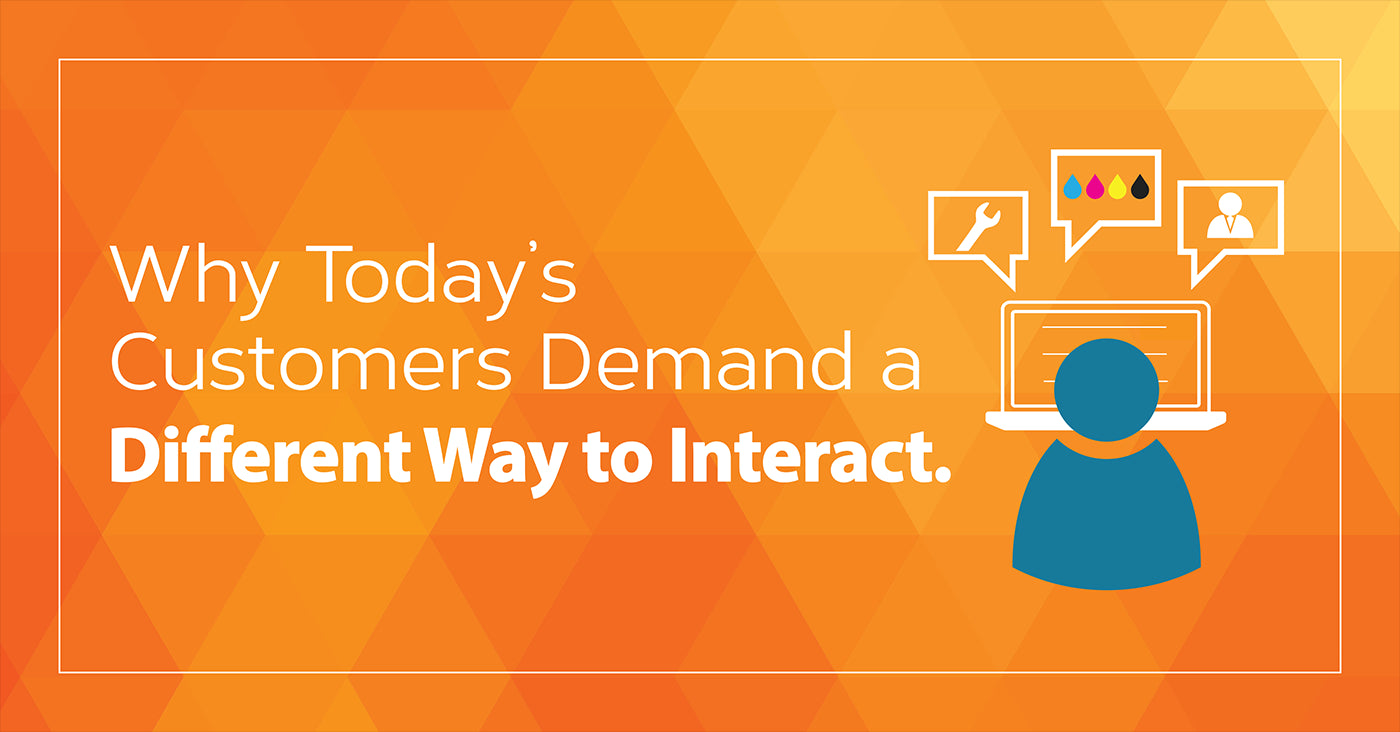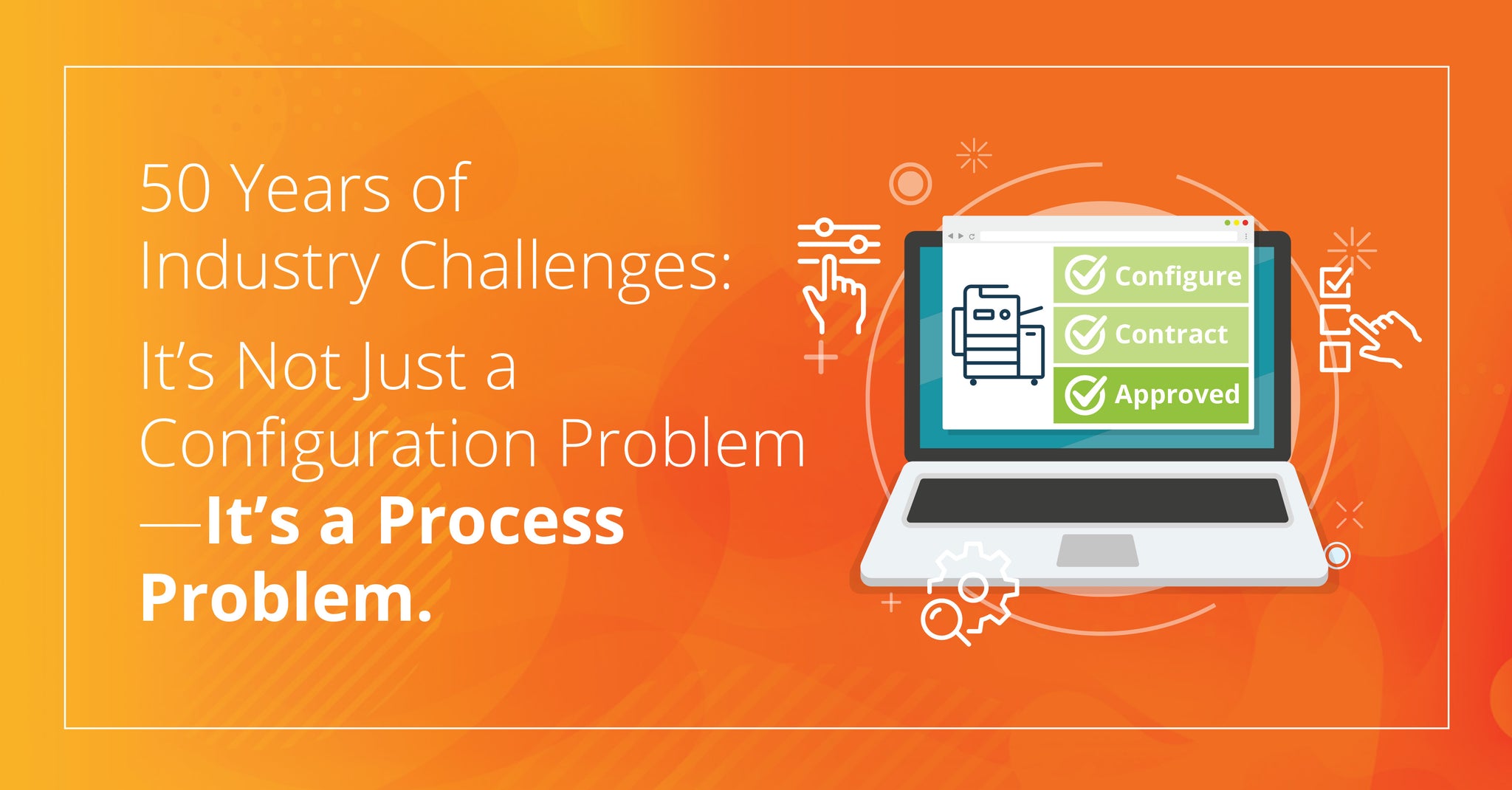
Digital transformation is a concept that can mean everything and nothing. It is purposely vague so as to encompass any manner of change that comes from technology updates. Since my customers sell goods and services to businesses, let's focus on answering the question: how has digital transformation affected the way businesses buy products and services?
I am specifically not going to spill more ink about how digital transformation has reduced the importance of printing in the office. It has, and it will continue to. You decide if you can continue to ride that horse to business growth. Now, let’s look at how B2B customers interact with their service providers.
Age continues to be a factor here. Younger employees treat a phone ringing like a bomb exploding: they run from it. You’ve seen it in your office, you’ve heard it from your sales team. They are much more comfortable using messaging or email or websites than they are with human interactions.
All customer interactions must be (re)designed, and your website needs to be the place these interactions occur.
Here’s a checklist of customer activities that must now be executed through your website.
- Placing an order
- Reviewing order status
- Viewing current supply levels of devices in their fleet
- Finding new products and services
- Placing a service call
- Reviewing order history
- Reviewing any special quotes that have been offered
- Having a text conversation online
Resellers are placing far too much emphasis and value on human interaction. Of course, there is value in the relationship, value in local field service, value in account management and face-to-face interaction, but many of the above items are mundane.
I am of two minds when it comes to office print. MPS does alleviate some of these tasks, but on the other hand, customers realize that as print declines in importance, it also requires less attention from an IT standpoint.
MPS also limits traffic to your website. Do you really want to do that? Printers that need supplies and service will naturally create website traffic; if you have designed a good workflow, this traffic will keep customers happy, and coming back. It also offers you an opportunity to market OTHER products and services. That strategy has worked out pretty well for Amazon.
Would you like a demonstration of how a new customer experience can help drive your business forward?









